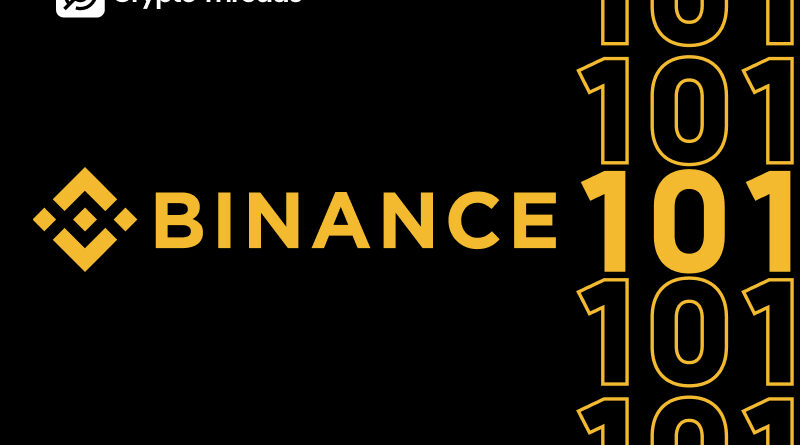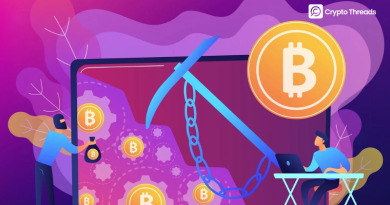Binance Exchange: Is this Crypto Exchange Right for You?
Founded in 2017, Binance is the world’s largest cryptocurrency exchange with the highest trading volume. The platform is globally recognised for its advanced trading features, extensive list of cryptocurrencies, and high-volume trading infrastructure, catering more to experienced traders looking for in-depth tools like futures, margin trading, and trading bots.
In this article, we’ll take a closer look at Binance’s key features, from supported tokens to fees, security, and customer service, helping you decide if this exchange suits your needs.
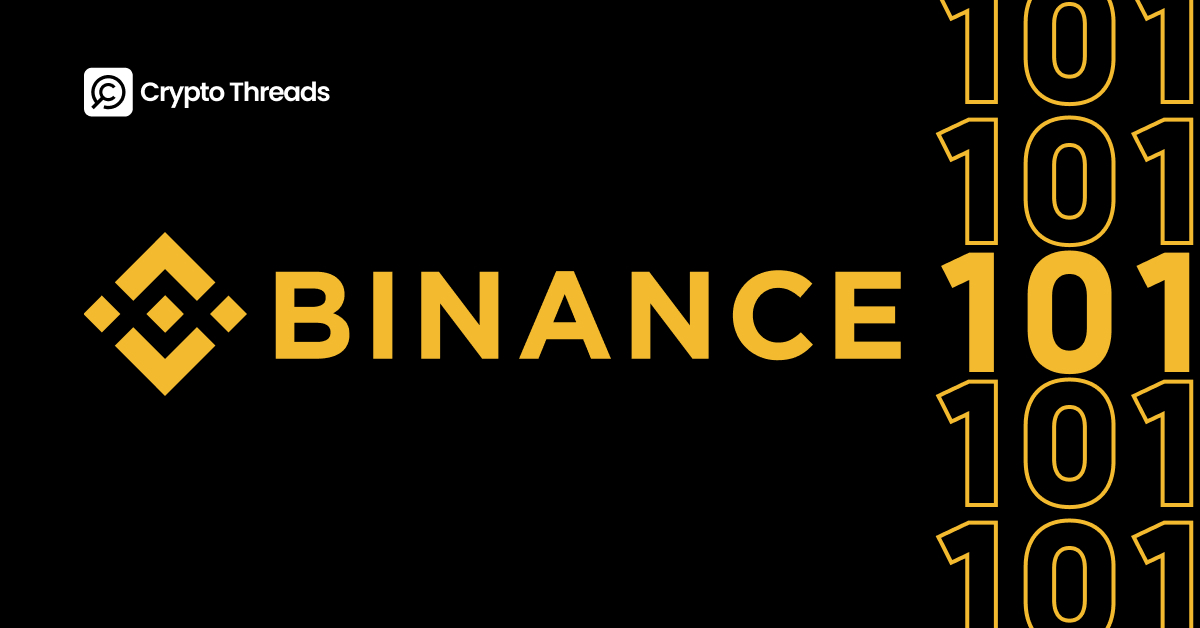
Binance Overview: At a Glance
Binance is one of the largest and most influential cryptocurrency exchanges in the world, renowned for its extensive range of services, robust trading tools, and vast selection of supported cryptocurrencies. Established in 2017, Binance quickly rose to prominence by catering to both beginners and advanced traders, offering features like spot trading, futures, staking, and a thriving NFT marketplace.
With its competitive fee structure, diverse payment options, and focus on innovation, Binance has become a go-to platform for millions of users globally. However, it has also faced regulatory challenges and scrutiny in several regions, raising questions about its compliance and transparency.
Pros
Cons
This table explores Binance’s key features, fee policies, security measures, and overall performance, providing valuable insights for anyone looking to navigate the ever-evolving world of cryptocurrency trading.
Binance Unique Features
Binance offer a range of trading instruments like Spot Trading, P2P, NFTs, and its Binance Earn.
Binance: Fee Structures
Deposit Fees
Binance does not charge fees for cryptocurrency deposits. For fiat currency deposits, fees vary depending on the currency and payment method. For example, depositing euros (EUR) via SEPA bank transfer is free of charge.
Users can also use a credit or debit card to fund their Binance accounts, though this often incurs significant fees and requires a third-party provider, meaning that your transactions are less private.
Another option is through P2P, which can be cost-effective.
Withdrawal Fees
Binance imposes withdrawal fees that vary depending on the specific cryptocurrency or fiat currency being withdrawn. For cryptocurrency withdrawals, each asset has its own fixed fee, which is subject to change based on network conditions. For instance, withdrawing Bitcoin (BTC) currently incurs a fee of 0.001 BTC, with a minimum withdrawal amount of 0.002 BTC.
Fiat currency withdrawal fees differ based on the currency and the withdrawal method chosen. For example, withdrawing euros (EUR) via SEPA bank transfer may have different fees compared to other methods. It’s important to note that these fees can change, so it’s advisable to consult Binance’s official fee schedule for the most current information.
Transaction Fees
Binance is not as transparent with its spreads, and they can vary dramatically from asset to asset when crypto trading. The platform charges different fees depending on how much you trade and how much BNB you hold. The fees can be as low as 0.0090% or as high as 0.1% for spot trading and from 0.02% to 0.04% for futures trading. You can also get a 25% discount if you use BNB to pay for fees.
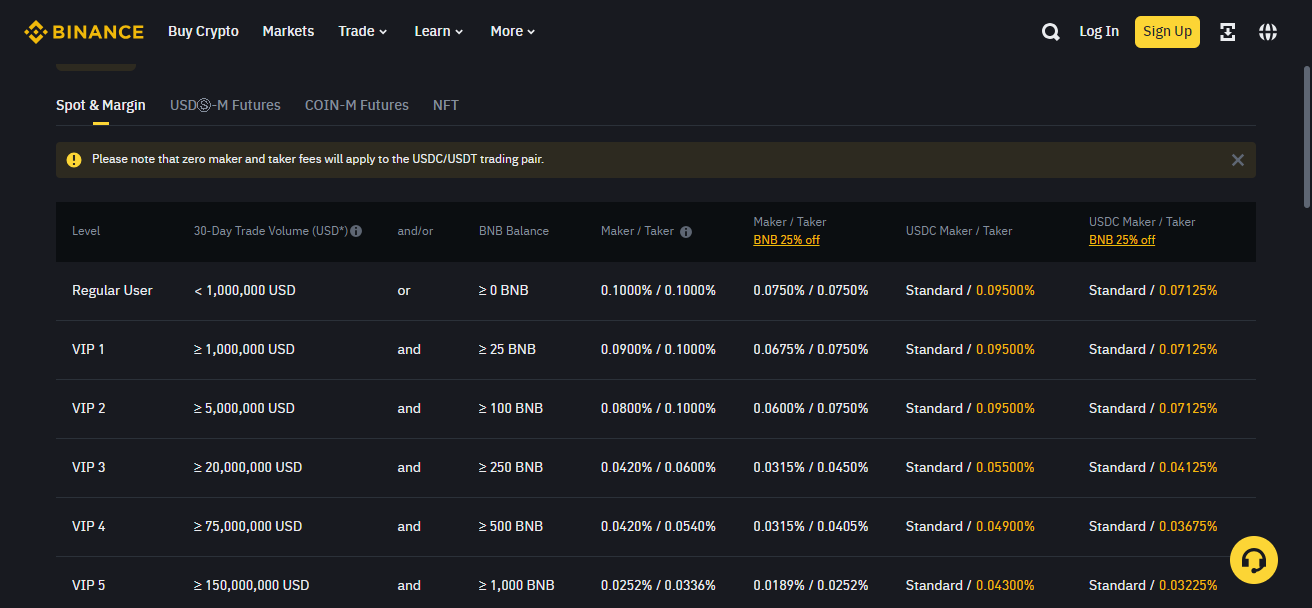
Binance Transaction Fees
Here is a breakdown of Binance’s fees:
Also, Binance does not tell you its spreads clearly; they can differ depending on the coin you trade with. However, the spreads can be as low as 0.1% on Binance because it has a lot of volume and liquidity.
Binance User Experience
The trading interfaces for its spot and advanced markets are modern and slick. The exchange offers robust capabilities for purchasing tokens, including spot trading interface features for analysing price movements and placing market orders.
Binance offers a comprehensive support hub that offers help centre articles, FAQs, contact forms and a live chat.
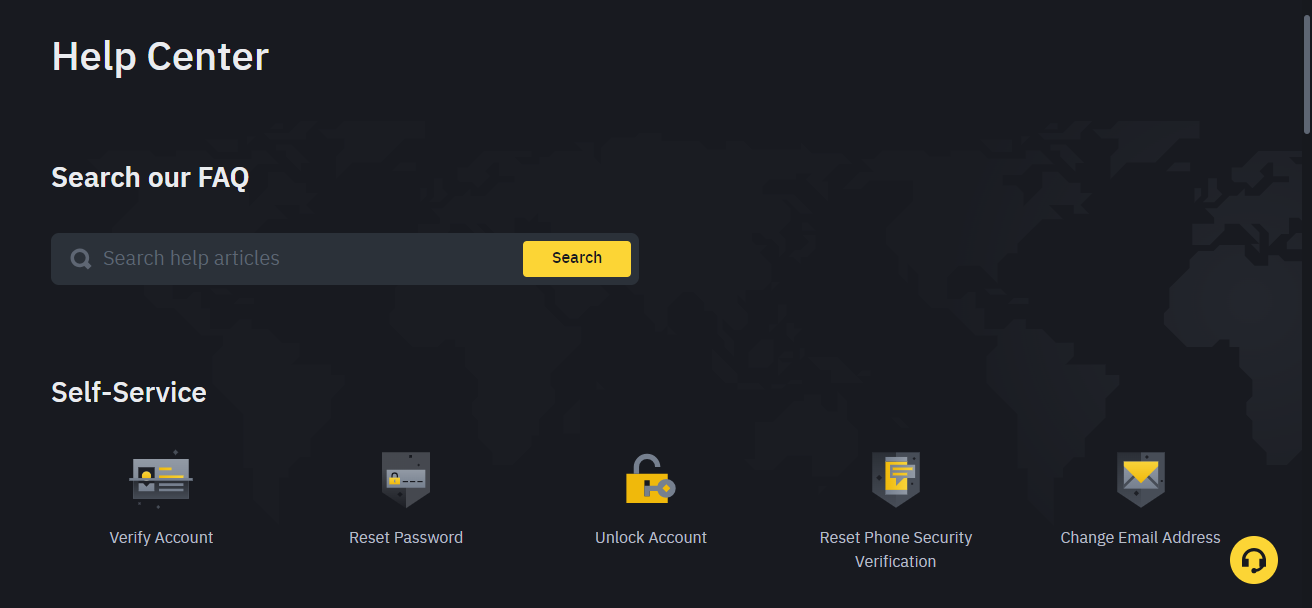
Binance’s Help Center. Source: Binance
The live chat system uses a chatbot, but you can ask to speak with a person. When we tested this, it took less than 1 minute to be put in touch with a customer service representative, although it did require several prompts.
Binance Security
Binance emphasises security through measures like 2FA, withdrawal whitelisting, state-of-the-art cold storage options, anti-phishing codes, and even U2F (universal 2nd-factor authentication).
However, despite attempts to protect user’s funds, the platform underwent a cyber attack in 2019, during which hackers stole more than $40 million worth of Bitcoin. Binance handled the issue by fully compensating the loss and improved its security. The exchange passed an information security management audit and received the ISO 27001 accreditation.
